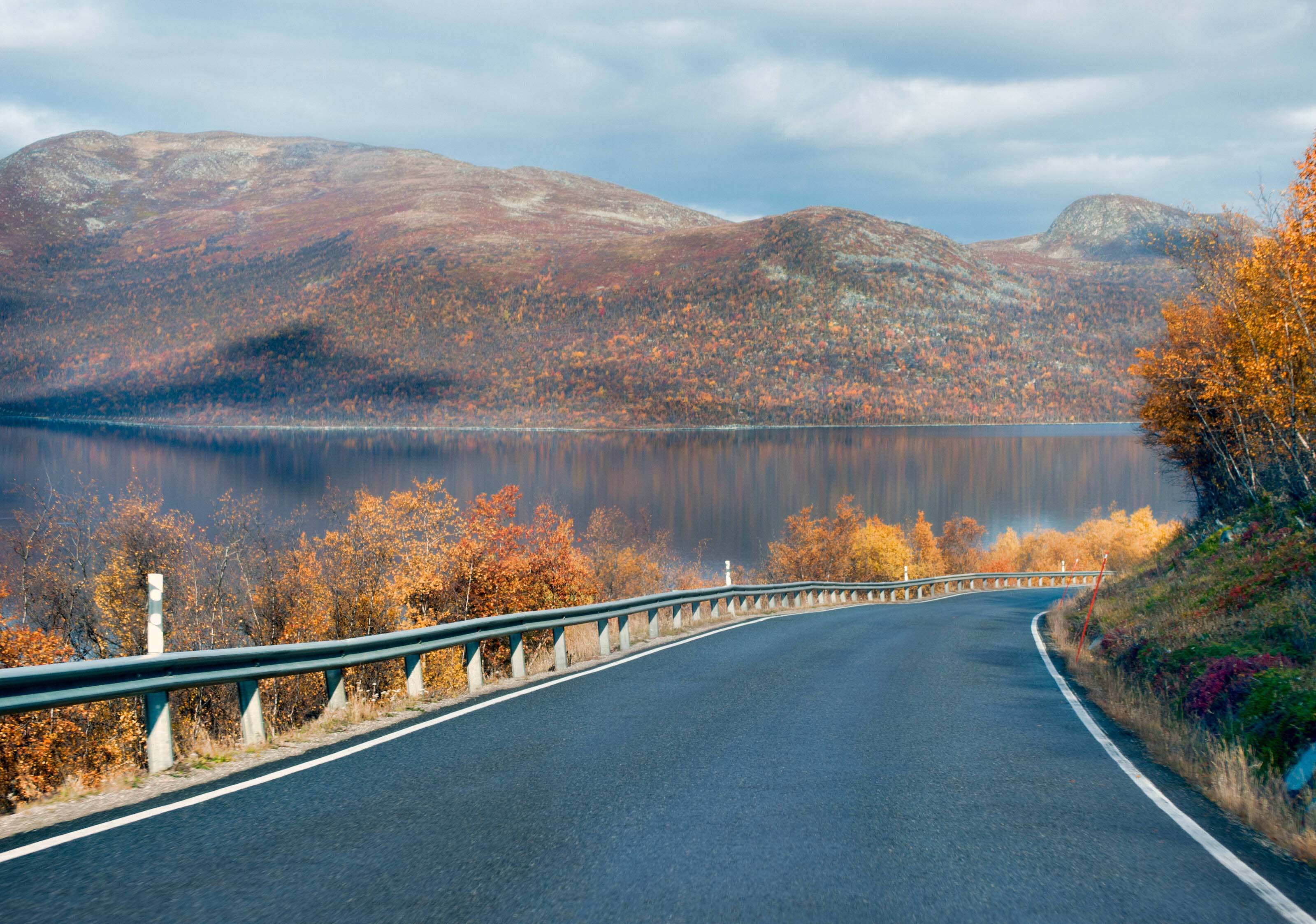The downside of the delightful winter weather in Finland is that, at times, roads can be very icy. Because of this, all vehicles must be equipped with winter tyres between December 1st and March 1st. You might even want to have studded tires if you’re driving in the northern part of the country.
Also, be sure to set aside adequate time for driving in winter. When the roads are icy or there’s a heavy snowfall, the only way to go about it safely is to drive slowly. Note that roads are generally not salted. Instead, they’re cleared by snow ploughs.
When driving an electric car, be aware that cold weather and cabin heating cut your driving power. And whether your car is powered by electricity or gasoline, it’s always a good idea to wear or bring warm clothes with you when driving in Finland – just in case you need to make an unexpected stop.
Learn more health and safety tips regarding Finland.
